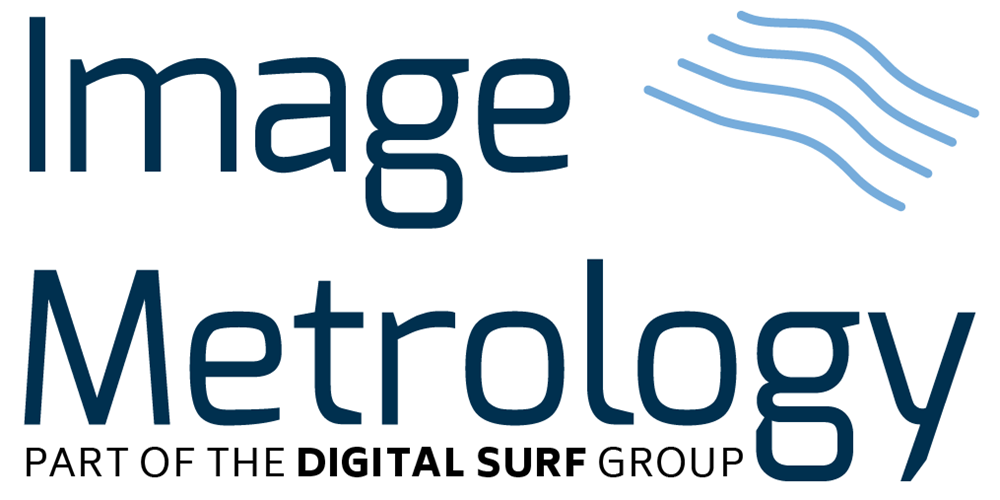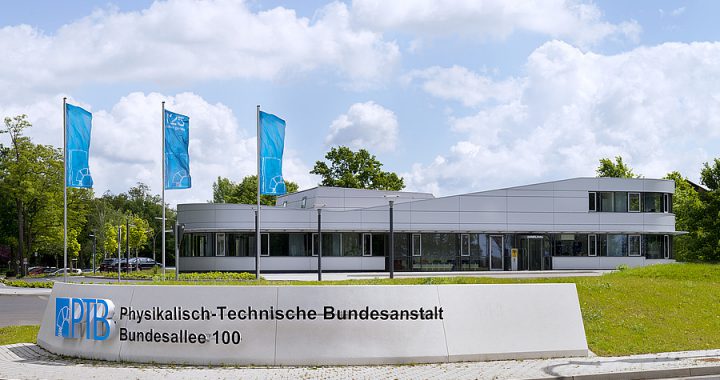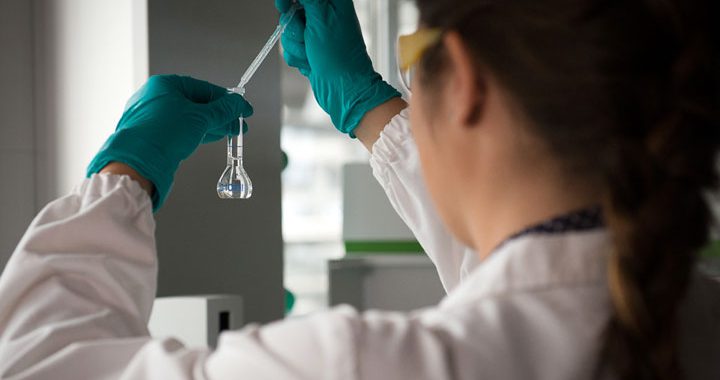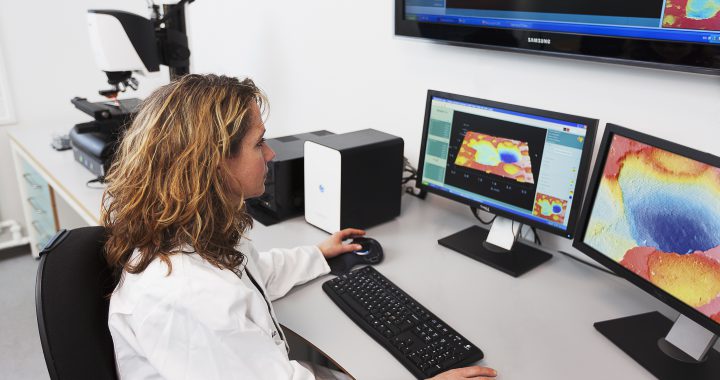CASE: PTB - German National Metrology Institute
At the German national metrology institute PTB, SPIP™ is widely used as the main routine tool for the analysis of surface topography measurements on the micro- and nanoscale. While in the beginning, the software package was solely applied for AFM and STM images, it is increasingly appreciated also for the quantitative analysis of images recorded with various other surface measuring techniques and thus increasingly used more broadly in a number of working groups with different focus.
Ludger Koenders, head of department ‘Surface Metrology’: ”At PTB I have been using SPIP™ from the very early days of the software more than 20 years ago, for measuring precisely critical dimensions from AFM images, such as step height and lattice constant of gratings. As SPIP™ users we have significantly influenced the evolution of SPIP™ over the years.” For more than two decades now, the direct contact to the software developers has greatly helped to take the emerging demands of PTB as one of the world’s largest metrology institutes into account, so that new functions and options could be implemented promptly. The software package has thus matured into a generally versatile and particularly reliable tool for image analysis.
 Thorsten Dziomba, scientist in the department ‘Dimensional Nanometrology’: “Right from the beginning of my work in the field of AFM calibration services, I’ve been using the core metrology functions such as step height and grating analysis, and appreciate that Image Metrology has always been taking our concerns seriously, e. g. when it comes to the treatment of data derived from non-perfect, irregular or contaminated samples. Analysis routines have been adjusted in a way that bad data can be identified more easily and consequently excluded, which is important for efficient routine services. SPIP™ is always the main tool to analyze the broad range of nanoscale research measurements we do, whether it is measurements at quantum devices, novel materials, nanoparticles or novel roughness standards, not only with AFM, but also other techniques. There is hardly any software package that has so many import filters to read the measurement data files of many microscope manufacturers. It is a great advantage that we can read the data of different instruments and analyze the images in the very same way. This ensure good comparability.” The latter has become particularly important with the optical surface measuring techniques emerging, e. g. confocal laser scanning microscopy and interference microscopy. As a metrology institute, it is vitally important to carefully investigate the different imaging and measurement properties of the instruments, for example in view of surface roughness.
Thorsten Dziomba, scientist in the department ‘Dimensional Nanometrology’: “Right from the beginning of my work in the field of AFM calibration services, I’ve been using the core metrology functions such as step height and grating analysis, and appreciate that Image Metrology has always been taking our concerns seriously, e. g. when it comes to the treatment of data derived from non-perfect, irregular or contaminated samples. Analysis routines have been adjusted in a way that bad data can be identified more easily and consequently excluded, which is important for efficient routine services. SPIP™ is always the main tool to analyze the broad range of nanoscale research measurements we do, whether it is measurements at quantum devices, novel materials, nanoparticles or novel roughness standards, not only with AFM, but also other techniques. There is hardly any software package that has so many import filters to read the measurement data files of many microscope manufacturers. It is a great advantage that we can read the data of different instruments and analyze the images in the very same way. This ensure good comparability.” The latter has become particularly important with the optical surface measuring techniques emerging, e. g. confocal laser scanning microscopy and interference microscopy. As a metrology institute, it is vitally important to carefully investigate the different imaging and measurement properties of the instruments, for example in view of surface roughness.
With the publication of the first ISO standards on areal roughness analysis, Image Metrology has implemented the appropriate routines and also enlarged its tools for profile analysis, thus upgrading SPIP™ also for roughness analysis according to standards.
Thorsten Dziomba continues: “A great advantage of this software package is that it allows a straight-forward use, with a clear focus on what is important for a metrologist, on what is relevant in dimensional surface metrology, without getting lost in a confusing jungle of unnecessary extra functions hardly anybody needs. The direct access to the developers ensures that mathematical problems can be discussed – and solved – in a scientifically profound manner. This is decisive for the use of SPIP™ in critical applications such as official calibrations and international comparisons. Of course, we also keep on maintaining and developing our own software further, partly for comparison, partly because even the best software package could never fulfill all wishes of a metrologist, for that there are too many unique challenges in metrology. Nevertheless, we still have many ideas on how we can develop SPIP™ further together with Image Metrology, and we sincerely hope that we can continue on this successful path!”.




 Gregory F. Meyers, Ph.D. is the Group Lead for Corporate R&D at Dow and oversees their global AFM efforts. Dr. Meyers explains why SPIP was the company’s choice in imaging analysis software:
Gregory F. Meyers, Ph.D. is the Group Lead for Corporate R&D at Dow and oversees their global AFM efforts. Dr. Meyers explains why SPIP was the company’s choice in imaging analysis software:
 FORCE Technology is a leading independent technological consultancy company based in Denmark. FORCE Technology offers
FORCE Technology is a leading independent technological consultancy company based in Denmark. FORCE Technology offers